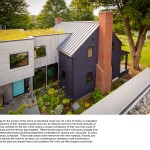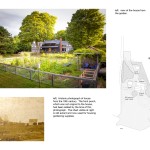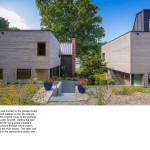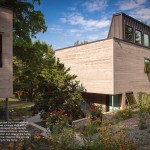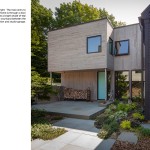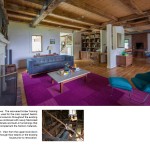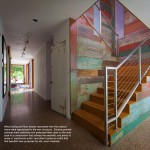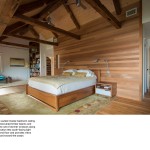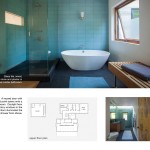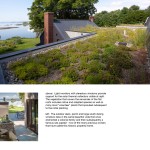Keen Avenue Residence
Project Name
The design challenge for this residential renovation and addition came in part from the complex history of the original historic house. Old photographs showed its gradual evolution: from the 18th century “lower house” of the Champernowne family, to the residence of a renown sea captain, to a turn-of-the-century shingle-style residence. The renovation work pealed away these layers of history – with fragments from later periods stockpiled and saved – to reveal the building’s original timber frame, which itself showed signs of being cobbled together out of parts of other buildings. The owners wanted to preserve as much of this recovered history as possible, but the extensive changes the house had undergone, including multiple stages of deconstruction and rebuilding, defied any simple understanding of what restoration would mean.
Since a simple approach to restoration no longer seemed viable, the owners and architect decided to do what previous generations of owners had done: save and reuse the best of the old and adapt it to the new conditions of contemporary life. Like a “patchwork quilt” assembled out of fragments of discarded cloth, the new home repurposed the old pieces to create a new whole that still honored and celebrated that parts from which it was constructed.
The existing timber structure was reconstructed and revealed, resting now on a new foundation in the footprint of the original home. The front porch, a later addition, was retained, and the two chimneys that had previously been demolished were rebuilt. Exterior siding, floorboards, doors and hardware salvaged from the old home were repurposed and intermixed with new finishes: plaster walls, soapstone countertops, polished concrete, Black Walnut cabinetry and casework.
The new addition echoes the straightforward, unpretentious sensibility that has characterized New England architecture since colonial times. South windows admit light deep into the interior during long winters. Light monitors admit indirect north light, operable windows pull breezes off the water and up through the building and support an array of solar thermal collectors. These collectors combined with a highly insulated envelope, capture solar energy during the summer months, stored in a large insulated tank, to heat the home through a major portion of the winter season without the use of fossil fuels.

